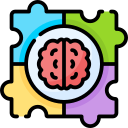Benefits of Mindfulness in Sports Performance
Selected theme: Benefits of Mindfulness in Sports Performance. Discover how a steadier mind sharpens skills, steadies nerves, and sustains growth—so you can train smarter, compete calmer, and enjoy your sport more. Join the conversation, share your experiences, and subscribe for future mindset drills.

The Science Behind a Calmer, Faster Mind
In the split-second chaos of sport, attention drifts. Mindfulness trains selective focus and working memory, helping you notice relevant cues and ignore noise. Athletes report cleaner reads, better shot selection, and fewer unforced errors because their attention returns faster to the task whenever distractions spike.
Pressure Moments: Turning Nerves into Fuel
Exhale longer than you inhale, feel your feet, name one cue word—“smooth,” “snap,” or “tall.” This simple sequence steadies attention and physiology together. The routine becomes a reliable home base under pressure, so you can execute your plan instead of chasing thoughts, doubts, or the scoreboard.
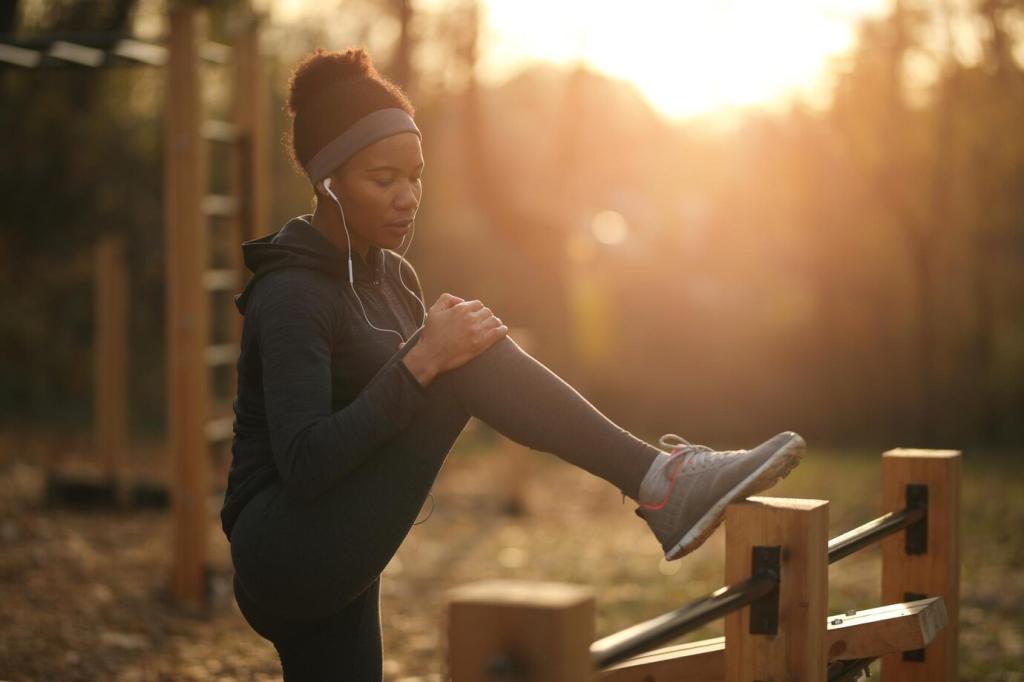
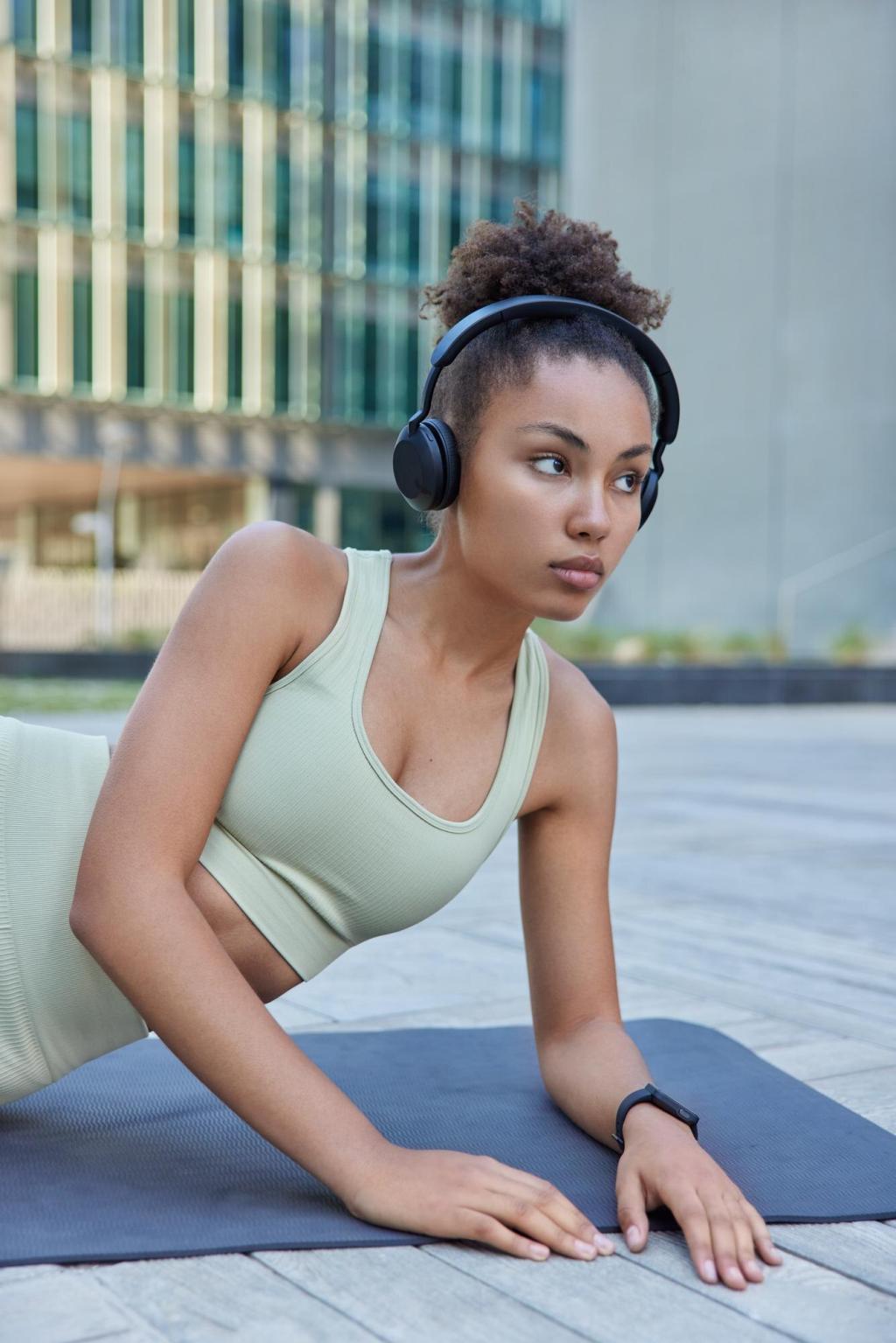
Pressure Moments: Turning Nerves into Fuel
Notice the surge of self-talk—“Don’t miss”—then label it gently as thinking. Return to your cue. That small pause prevents reflexive, fear-driven choices. Mindfulness builds the space to choose value-aligned actions, turning stress into clarity and unlocking your practiced rhythm when tension tries to hijack your mechanics.
Training Plans That Breathe
Start with two quiet minutes: scan head to toe, notice tension, and release on the exhale. Set one process goal for the session. This primes neural readiness, sharpens perception of movement, and reduces sloppy first reps that often bake bad patterns into the rest of training.
Training Plans That Breathe
Assign a single sensory focus per drill: foot strike sound, racket face angle, or hip alignment. Keep attention there, rep after rep. When the mind wanders, gently return. This creates a tight feedback loop between intention and execution, making technical improvements durable rather than accidental.
Injury, Pain, and Sustainable Comebacks
Interoceptive awareness teaches the difference between pain and threat. Not all discomfort is danger. By noticing sensations precisely and pairing them with steady breathing, athletes de-escalate fear responses, respect red flags, and keep moving within safe ranges that maintain confidence and conditioning during rehab.
Injury, Pain, and Sustainable Comebacks
Mindfulness highlights urges to skip steps or compare to pre-injury benchmarks. Recognizing those thoughts early reduces risky shortcuts. Commitment becomes measurable in small, consistent wins—five quality reps today, six tomorrow—so progress stays steady and setbacks become information rather than reasons to quit.
Injury, Pain, and Sustainable Comebacks
A brief pre-sleep body scan can lower arousal and smooth the transition to rest. Better sleep supports tissue repair, motor consolidation, and immune resilience. Treat recovery like a skill: track bedtime cues and breath practices, then share what routine helps you wake ready for training.
Team Culture: Calm Is Contagious
Try a ten-second team exhale before serving, tip-off, or set pieces. Aligning breath synchronizes timing and lowers collective tension. These small rituals anchor shared focus, making plays cleaner and transitions smoother when momentum swings and emotions run high during critical stretches.
Present-moment listening prevents defensive spirals. Use non-judgmental language—describe actions, not identities. Mindfulness helps teammates hear feedback as information, not attack, so adjustments happen faster. If your team uses a phrase that resets tone, post it below to help others experiment.
A grounded coach models what they ask of athletes. Short centering breaths before timeouts, a consistent voice under pressure, and calm eye contact reduce panic across the bench. Leaders who practice mindfulness earn trust because their behavior stays steady when games get messy.
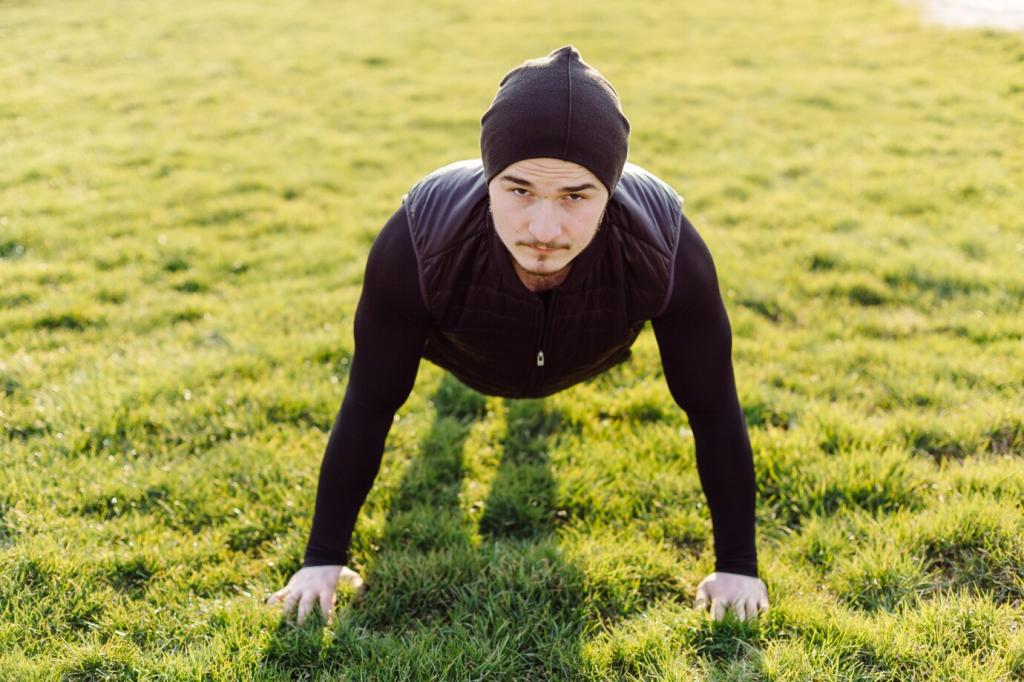
Stories from the Field
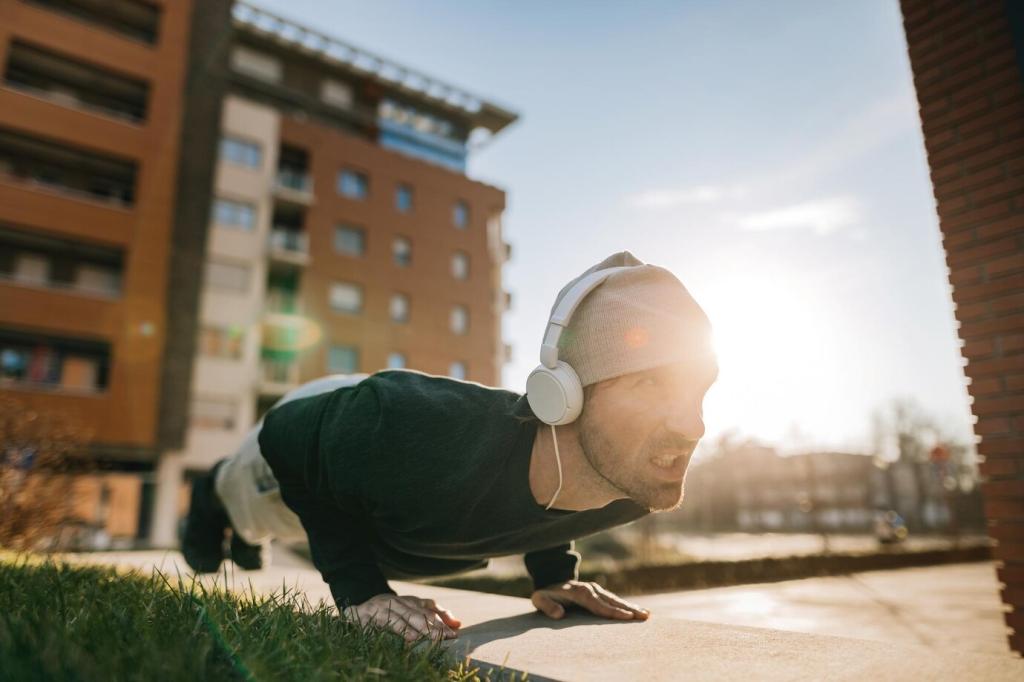
The Swimmer Who Stopped Clock-Chasing
A junior freestyler kept tightening up on the final 50. We built a cue—“long water”—and three counted exhales off every turn. By focusing on feel, not time, she relaxed into distance per stroke and finally broke her plateau. Share your cue words; they might spark someone else’s breakthrough.

A Weekend Runner and the Hill That Always Wins
Instead of dreading the steep mile, he chose cadence counting and soft jaw awareness. The hill stayed hard, but panic disappeared. Two weeks later, his overall effort felt smoother and he set a training best. What terrain defeats you? Try a mindful anchor and report back next Sunday.
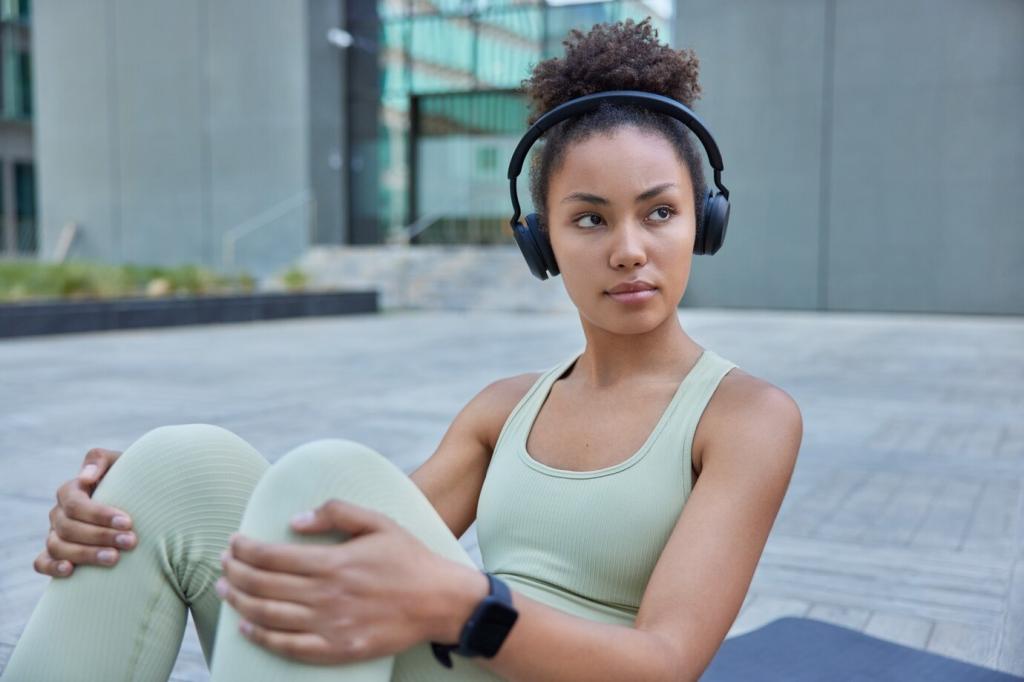
A Veteran Coach Redefines Mistakes
Turnovers spiked during scrimmages. The coach introduced a collective cue—“next play”—paired with one breath and immediate eye contact. Players stopped re-litigating errors and reconnected to spacing and timing. Turnovers dropped, and joy returned. If you test this, tell us how your team adapted.
